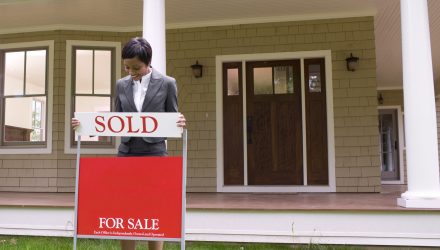Partly to blame for the rise in building materials is the tariff battle between the United States and China, which has increased the cost of homebuilding. Tariffs have elevated the costs of construction–materials like lumber, steel and aluminum as well as U.S. tariffs on $200 billion in Chinese imports like countertops and furniture could increase construction costs 20% to 30%.
“We’re all going to pay the price for it in terms of higher construction costs,” said Alan Banks, president of the North Carolina Home Builders Association.
In addition, existing homeowners wishing to perform renovations will also feel the proverbial pain in their pockets. As such, they will seek ways to curb costs or even abandon plans for renovations altogether.
Despite the extended bull market in U.S. equities, real estate has still been lagging the rest of the capital markets.
“Although the number of permits is still higher than starts, pointing to more activity in coming months, the overall trend in housing has clearly slowed/plateaued/leveled off,” said Jennifer Lee, senior economist for BMO Capital Markets. “In other words, expect less support from residential construction for the broader economy.”
Rising Rates and Affordability
Additionally, rising interest rates have crimped homebuyer enthusiasm in addition to higher real estate prices. With the housing market lagging behind, the Federal Reserve may reassess their rate-hiking policy as another hike is expected in December.
“One thing is for certain, the economy cannot grow at a sustainable 3% pace for long if new home sales continue to tumble,” Chris Rupkey, chief financial economist at MUFG, said in a note. “The Fed’s rising interest rates may be more harmful for economic growth than they thought, chiefly because of its effect on long-term interest rates and hence mortgage rates.”
For more real estate trends, visit ETFTrends.com
